OmnihouseModel
Omnihouse refers to an organization that integrates various elements. Each component has its own role, yet works collaboratively with other parts of the business. The Omnihouse model serves as a framework for implementing strategies and achieving specific goals.
The core of this model is divided into two main clusters. The first cluster is entrepreneurship, which consists of four elements: Creativity, Innovation, Entrepreneurship, and Leadership (CI-EL). The CI-EL concept focuses on developing soft skills such as creative thinking, innovation, and strong leadership—in other words, the qualities that drive a company to adapt and remain relevant in a constantly changing market.
The second cluster is professionalism, which also consists of four elements: Productivity, Improvement, Professionalism, and Management (PI-PM). The PI-PM concept serves as the foundation for optimizing company performance and generating meaningful impact.
